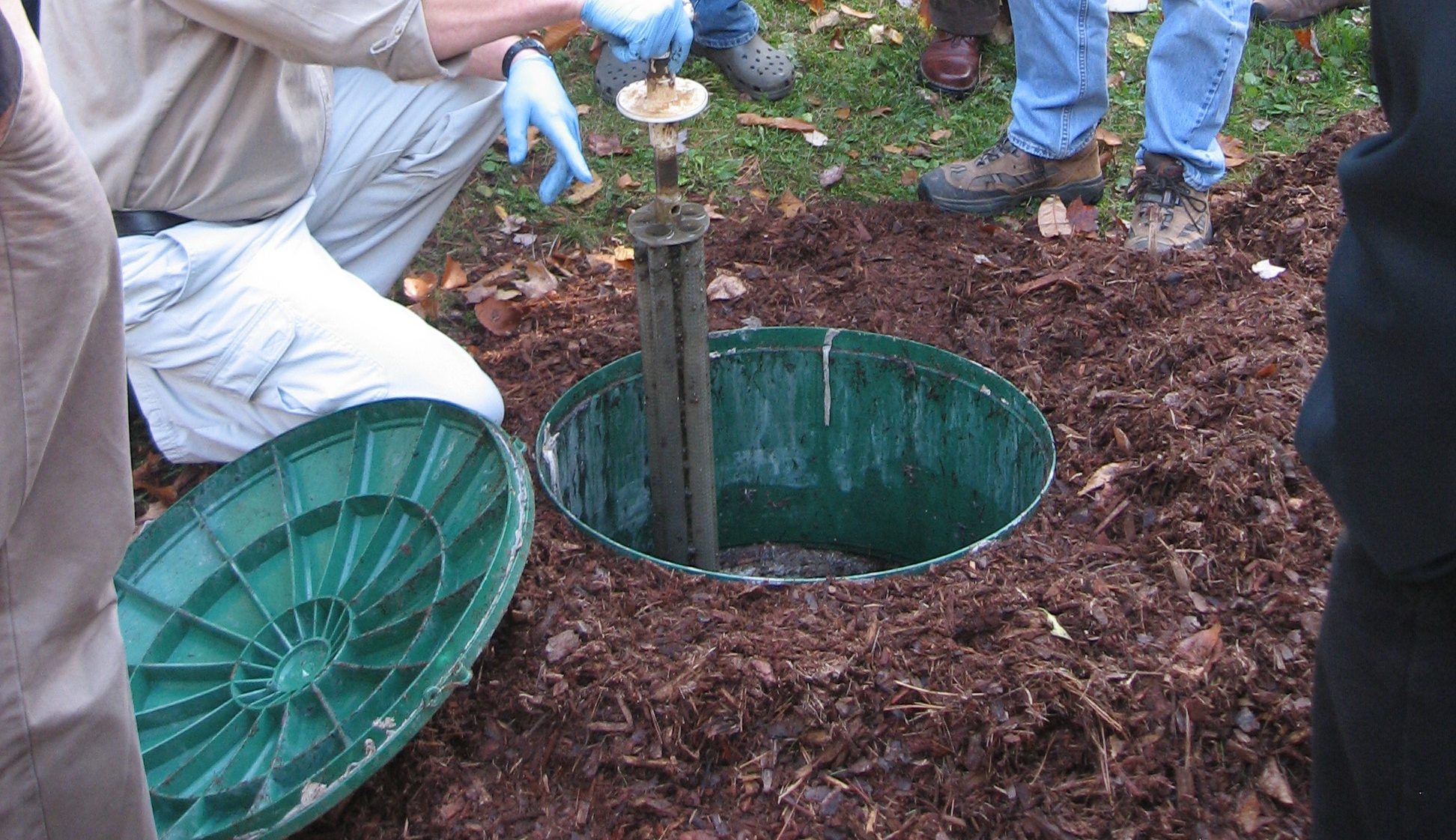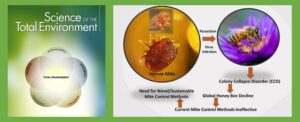Iverson G, Humphrey CP, O’Driscoll MA, Sanderford C*, Jernigan J** and Serozi B** (2018). Nutrient exports from watersheds with varying septic system densities in the North Carolina Piedmont. Journal of Environmental Management 211:206-217.
Abstract
Septic systems (SSs) have been shown to be a significant source of nitrogen and phosphorus to nutrient-sensitive coastal surface and groundwaters. However, few published studies have quantified the effects of SSs on nutrient inputs to water supply watersheds in the Piedmont region of the USA. This region consists of rolling hills at the surface underlain by clayey soils. There are nearly 1 million SSs in this region, which accounts for approximately 50% of all SSs in North Carolina. The goal of this study was to determine if significant differences in nutrient concentrations and exports exist between Piedmont watersheds with different densities of SSs. Water quality was assessed in watersheds with SSs (n = 11) and a sewer and a forested watershed, which were designated as controls. Stream flow and environmental readings were recorded and water samples were collected from the watersheds from January 2015-December 2016. Additional samples were collected from sand filter watersheds in April 2015-March 2016 to compare to septic and control watersheds. Samples were analyzed for total dissolved nitrogen (TDN) and orthophosphate (PO4-P). Results indicated that watersheds served by a high-density (HD) of SSs (4.9 kg-N yr-1 ha-1; 0.2 kg-P yr-1 ha-1) exported more than double the median masses of TDN and PO4-P, respectively, relative to low-density (1.0 kg-N yr-1 ha-1; <0.1 kg-P yr-1 ha-1) and control watersheds (1.4 kg-N yr-1 ha-1; <0.1 kg-P yr-1 ha-1) during baseflow. Isotopic analysis indicated that wastewater was the most likely source of nitrate-N in HD watersheds. In all other watersheds, isotopic results suggested non-wastewater sources as the dominant nitrate-N provider. These findings indicated that SS density was a significant factor in the delivery of septic-derived nutrients to these nutrient-sensitive, water supply watersheds of the North Carolina Piedmont.
*Christa Sanderford is a current graduate student in the MS Environmental Health program.
**Jordan Jernigan and Brent Serozi are alumni of our MS Environmental Health program.




